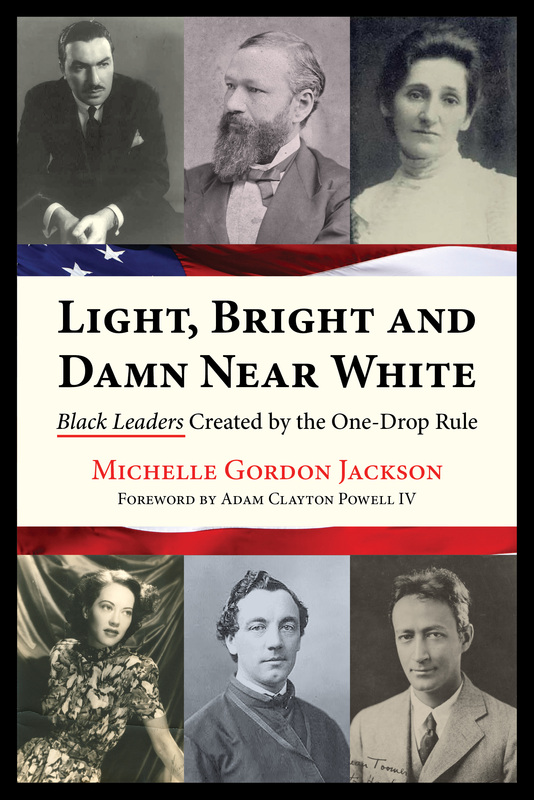Nor is he [Thomas Chatterton Williams] the first thinker to ponder how multiracial people navigate a world so obsessed with the minutiae of race. Self-Portrait in Black and White doesn’t meaningfully engage with centuries of work from black-identifying scholars who wrote accessibly about their backgrounds, especially those with mixed-race ancestry. Nella Larsen’s novel, Passing, was published nearly a century ago; the former NAACP leader Walter White published his memoir, A Man Called White, in 1948. Upon his death in 1955, The New York Times wrote that the fair-skinned White “could easily have joined the 12,000 Negroes who pass the color-line and disappear into the white majority every year in this country. But he deliberately sacrificed his comfort to publicize himself as a Negro and to devote his entire adult life to completing the emancipation of his people.” Absent from Williams’s memoir is any critical analysis of texts written by White or even by major figures such as Frederick Douglass, W.E.B. DuBois, Angela Davis, or Malcolm X.
Hannah Giorgis, “A Simplistic View of a Mixed-ish America,” The Atlantic, October 26, 2019. https://www.theatlantic.com/entertainment/archive/2019/10/mixed-ish-thomas-chatterton-williams-race/600679/.





